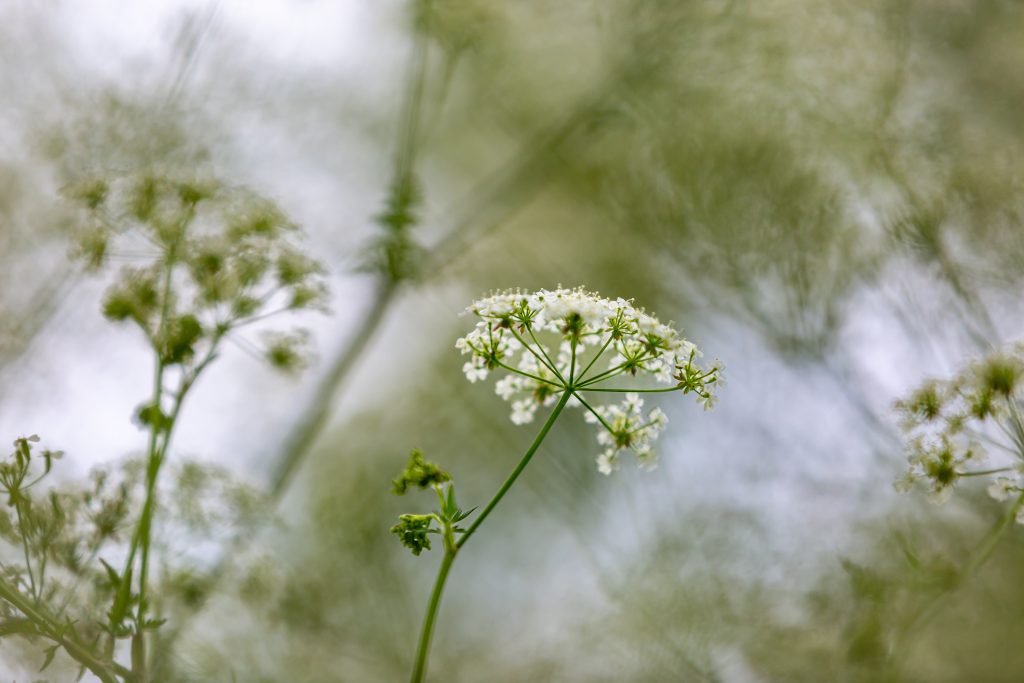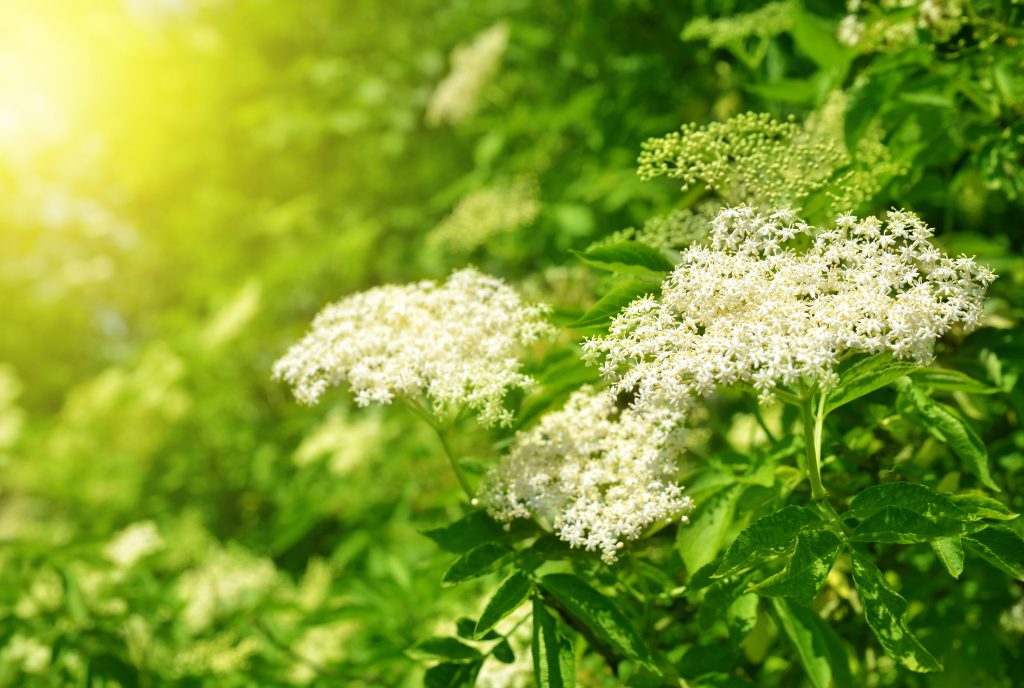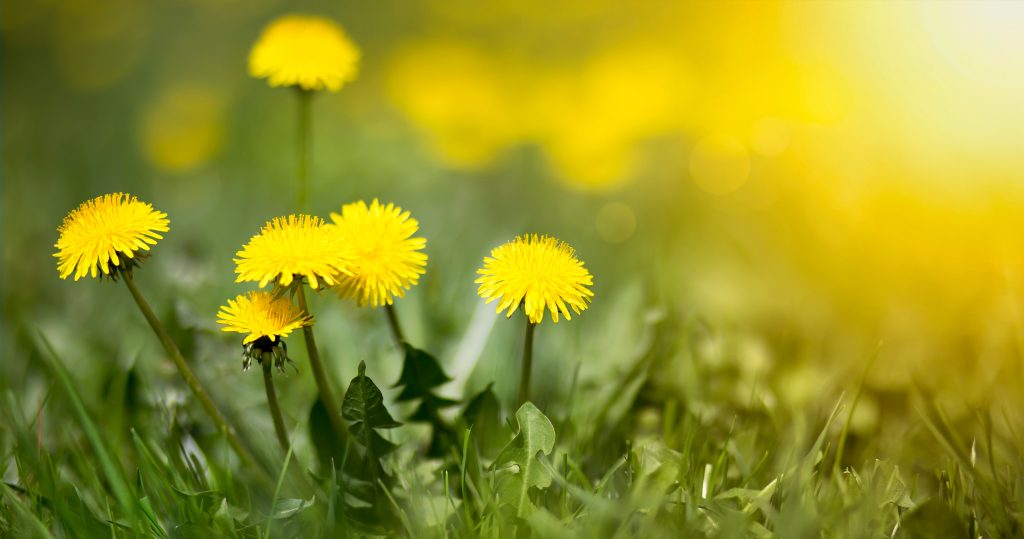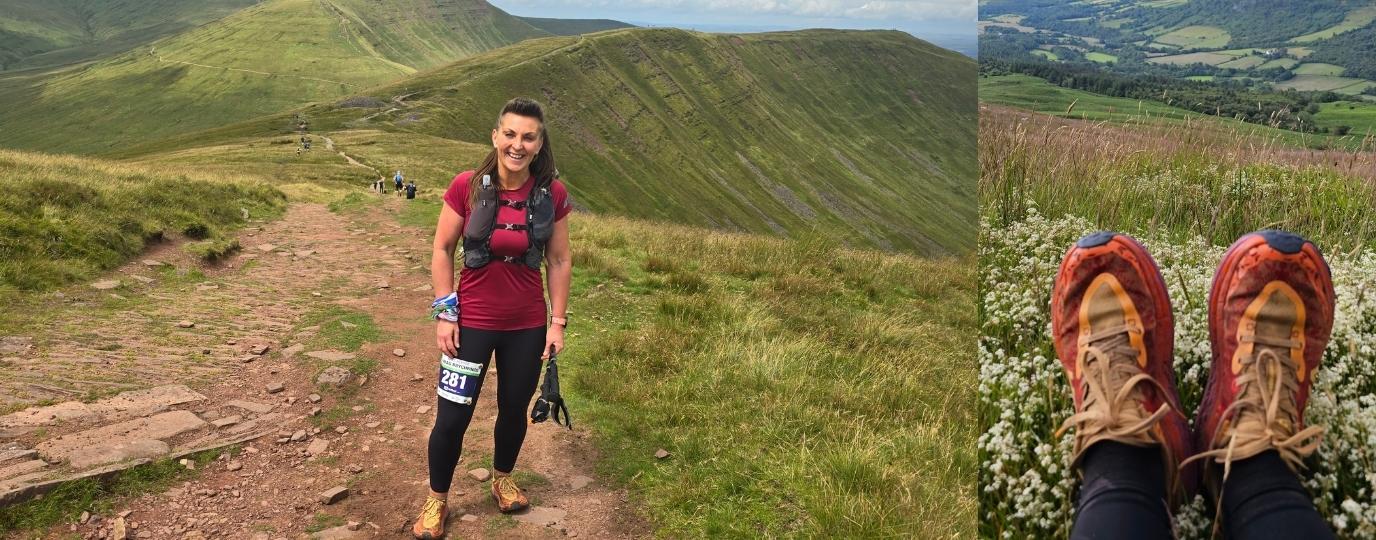10 Pretty British Wildflowers

We have listed 10 of our favourite British Wildflowers. They are all common varieties of wildflowers you will find when walking in the UK. If you love getting out in nature, we regularly post articles about British Flora and Fauna, you can find all of our nature spotting guides here – UK Nature Spotting Guides.
From foraging and folktales to the endangered species that rely on them, discover the hidden stories behind our native wildflowers. Plan a walk to find wildflowers in your area using OS Maps, Ordnance Survey’s mapping and route planner for walking, running, riding, and paddling, which is available online or as a mobile app.
Cow Parsley

This stunning British Wildflower is also known as Queen Anne’s Lace, Cow Parsley’s frothy white flowers grow on verges and meadowland across the UK from April to June. Take a closer look and you’ll see there are many different Cow Parsley-type plants from the poisonous Giant Hogweed with its thick woody stem, to the delicate Lesser Water-Parsnip. What unites all these plants is they’re part of the carrot family, who knew!
Cow Parsley is common throughout the UK, you’ll likely to spot it on this Warwickshire hike.
May Flower

Look out for these white or pink british wildflowers in hedgerows across the UK from May to June. They are hawthorn blossom, a shrub with leaves, divided into three to seven lobes related to love, protection, and the fairy realm in Celtic mythology.
See if you can spot May flowers in bloom on this Monmouthshire hike, or if it’s the wrong season challenge yourself to find a hawthorn bush.
Elderflower

If you’re out walking, riding, or paddling in mid-May to July see if you can smell a deliciously heady scent coming from flat-topped clusters of tiny, delicate white flowers about the size of a tea saucer. Elder bushes are a common site in hedgerows across the UK or, like hawthorn, you might see them growing in meadows or grassland as squat, individual shrubs. If you fall in love with the elderflower’s scent, then enjoy it all year round by picking the flowers and making elderflower cordial. Yum!
The elder bush is common throughout the UK, so you’re likely to see elderflowers from mid-May to July on this Devon hike.
Dog Rose

Humans have spent thousands of hours cultivating the most perfect ‘man-made’ roses. But, arguably, the most beautiful specimen of all is the wild dog rose. Despite the feral sounding name, its blush pink petals and yellow stamen has an elegant simplicity. You’ll see these British wildflowers blooming in hedgerows across the UK, apart from Scotland, from June to July. When you spot it, you know summer is near.
The dog rose is common throughout most of the UK, including Northern Ireland, so it’s likely you’ll spot the wildflower along Downhill Forest Mill Trail.
Primrose

Common across the UK from February to May, primroses are the harbinger of spring. Look out for creamy yellow flowers growing on the ground in shady woodland, meadows, and hedgerows. In some areas it’s also known as ‘fairy cup’ as, according to Scottish mythology, eating a primrose helps you see pixies, sprites, and an elf or two… though, no, the primrose does not contain actual hallucinogenic properties!
Keep an eye out for primroses on this hike in the Scottish Borders.
Dandelion

Globes of sunshine scattered on verges, meadowland and urban parks across Britain, the ubiquitous dandelion is a crucial source of nectar for bees in early spring. Humble it may be, but the Latin root of the word ‘dandelion’ is ‘lions’ teeth’ referring to the serrated leaves which are packed full of vitamins and mineral. If you’re partial to a wild forage, then pick these greens young and toss them into a salad or blend them with olive oil, parmesan, and pine nuts to make a delicious pesto.
Dandelions are common across the UK, so you’ll likely to see them on this Staffordshire hike.
Cowslip

Often seen poking above grass from April to May, you’ll spot the cowslip, classic British wildflowers in chalk pasture and meadowland across the UK, apart from Scotland. The flower’s beauty is undermined, ever so slightly, by the root of its name: ‘cowslip’ is a mispronunciation of ‘cow slop,’ a nod to its association with the cow pats found in grazing pasture.
Cowslips love pasture, so you’re likely to spot them in the Chilterns where dairy farming is widespread.
Ragwort

Much maligned by some members of the rural and agriculture community, as it is poisonous to horses and cattle. You’ll see ragwort’s cheerful yellow flowers in grassland across the UK from June to November. Despite its negative reputation, ragwort plays a vital role in the UK’s ecosystem, providing a source of nectar for over forty insect species including the striking red and black cinnabar moth.
Challenge yourself to spot ragwort on this Cotswolds hike, an area renowned for its grassland.
Common Fumitory

With its dusky pink petals and deep crimson tips, fumitory both creeps and grows upright on farmland from April to October across the UK. Like ragwort, fumitory has a vital role to play in the UK’s ecosystem. Fumitory is a favourite food source for the critically endangered turtle dove. Only decades ago, this delicate, grey-pink bird’s gentle purr was the sound of summer. Nowadays though few children have heard its call. Tragically, it is the UK’s fastest declining bird species and is on the brink of extinction.
See if you can spot common fumitory on this hike in the Cranborne Chase National Landscape.
Yellow Flag Iris

Much like the name suggests, these irises bloom from May to August like yellow flags along riverbanks, pond margins and marshland across the UK. The Celts believed that the plant protected anyone travelling by water, associating it with faeries and water spirits. Elsewhere, it plays a vital role in wetland habitats: its flowers provide food for bees, butterflies, and other pollinators. Its leaves are shelter for frogs and other small creatures. The rhizomes (or underground stems) fix wetland soil which is especially prone to washing away.
Look out for yellow flag irises on this hike along the River Kennet.
Now you know your cow parsley from your cowslip, you might try challenging yourself to notice these British wildflowers next time you’re out and about – be it the school run or an ultra-marathon! And if you need help with discovering or plotting your route, then head over to OS Maps.
The Latest Posts from Get Outside!

Eco-Friendly Running Shoes: Repair, Don’t Replace!
Extend the life of your running shoes by making simple and effective repairs – make your trainers more eco-friendly!

PADDINGTON’S NEXT ADVENTURE: MAKE YOUR TOWN HIS HOME
Paddington’s next big adventure! Find out how to get a Paddington Statue in your home town!

Get to the Gym v Get Outside
Why you should bin the gym and get outside instead if you want to boost your mental and physical wellbeing this winter

